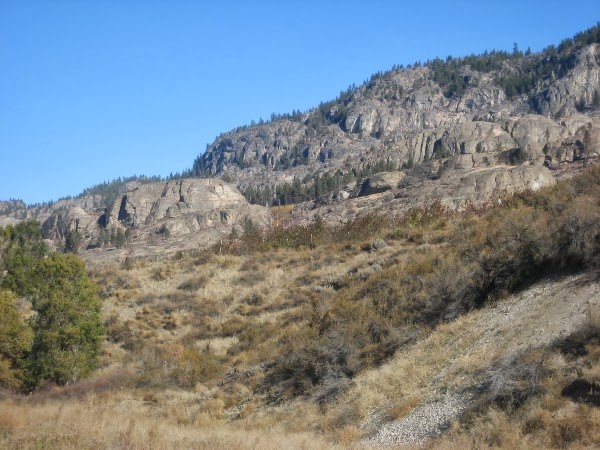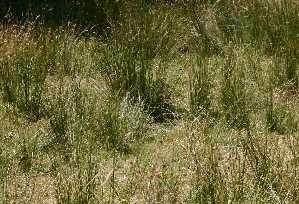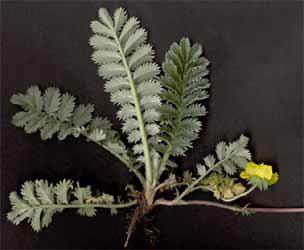Hi fellow chill-and-hilly folks,
I want to start building a list of 'indicator' plants - those that can be observed to learn about past or present conditions like moisture, frost, etc.
For example, an experienced forester can tell you roughly what your annual rainfall might be (or the equivalent if you take into account condensation of frost and dew, which rainfall gauges don't) by looking at the types of trees you have.
Some that we have here, to get the ball rolling:
We have a long-standing bog here at 3200 feet elevation.
Though the pond has been deepened so the bog doesn't bog up as much, we still have the following indicators of wet-ish conditions:
- rushes, esp. the grass-like short round rushes (this picture is from Britain, but conveys the general look of the plants - ours are more sparse but similar)
- potentilla, a rose-family astringent -
- larger rushes and cattails in the pond itself
We also have pine, fir, larch, and spruce up here, which do not occur further down the slopes in our valley, so I would guess we have more moisture up here for them as well.

Further down our mountain on the steep slopes, where it's mostly sagebrush, you can spot the little creeks and draws in the fall by the bright golden patches of aspen, cottonwood, and possibly poplar or beech.

(Can you spot the patch of aspen in the picture above?)
Elderberry will grow in these creeks and draws, but also grows OK here and there on steep slopes. I wonder if there are springs there?
Oregon Grape grows in the boggy areas, and also in under the conifers. Maybe it indicates moisture, maybe acid soils?
We also have lots of red-stemmed plants anywhere there is a decent soggy spot - they look like osier dogwood, but some grow very tall and look more like cherry.
I will get a picture next time I think of it.
Willows up here are not the big craggy ones with long yellow withes - I've seen a few of those down at about 2000 feet, but not many yet up here above 3000. Our willows are small and scrubby.
They grow much bigger in the valley, too, by year-round creeks and rivers.
So maybe that type of willow indicates more water, or shelter, or milder frost temperatures. (Though our valley gets some mighty-cold winds; I would not assume they are warmer.)
We also have a lot of snowberry, bearberry (kinnickinnick), and bunchgrasses, which are all cropped down to like 6" to 12" tall except in limited, fenced areas.
That, plus a lot of poop, and crunching sounds in my garden during otherwise-pleasant summer evenings last year, tells me the deer are through here quite a bit.
There is especially a lot of deer poop right now in the sunken areas (swale / meadow) around the rim of the pond, and a lot of it looks fresh.
This makes me think maybe they like either new grass that is popping up there due to swale-collected moisture, or they just like to be a bit out of the wind. These patches are near fences, too. Maybe they poop when they jump.
There is less deer sign in the areas right near dogs, but still a little bit.
Once we have started a list of "what kinds of plants can tell me how things are here?"
then it might be fun to expand to consider relationships.
"Aspen means we are up high; other plants that might grow well are X (poplar?)"
"tomatillo self-seeding means ... (would tomatoes do the same?)" (That's down lower in the valley, NOT up here so far! But I did have some carrots overwinter, and even had a couple potatoes come back from last year's missed tubers.)
"balsam root means anything I want to overwinter had better root very deep and not mind losing its above-ground parts to frost or drought,"
that sort of thing.
Does Oregon Grape tell me anything about where I can plant blueberries?
Do cattails tell me about the potential for wild rice, or wapato, or other marsh foods?
If I want to know if camas would grow up here, what do I look for (besides camas)?
-Erica

 1
1






 1
1




 2
2








 4
4




 1
1




 1
1




 1
1




 1
1




 1
1




 1
1










